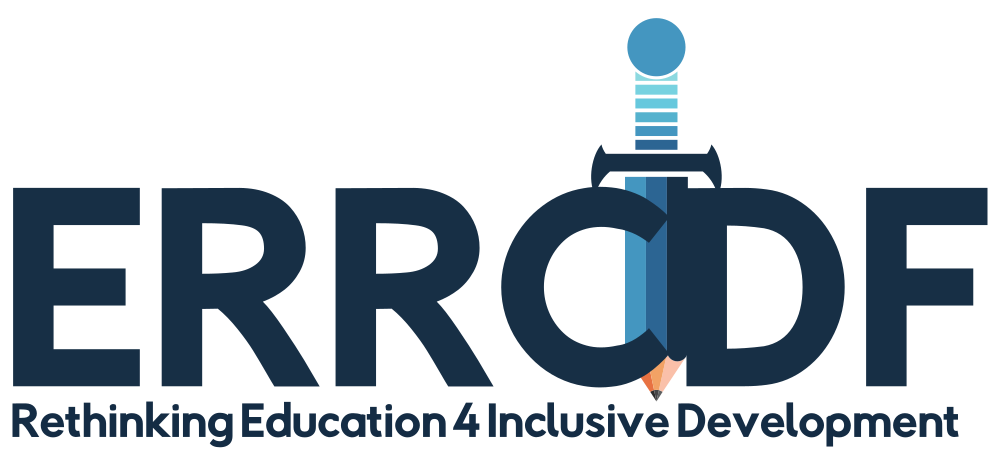Chapter 18: Interleaved practice in classrooms
DOI:
https://doi.org/10.38140/obp1-2024-18Keywords:
Interleaved practice, student engagement, 21st-century classroomsAbstract
Chapter 18, titled "Interleaved Practice in Classrooms," provides a comprehensive guide on the implementation of interleaved practice within educational contexts. It delves into not only the practical applications but also the theoretical underpinnings, advantages, limitations, and illustrative examples across various subjects to contextualise the utilisation of interleaved practice. The chapter posits interleaved practice as an effective learning strategy that entails the integration of diverse topics or problem types within a singular study session, thereby enhancing retention and mastery. Furthermore, it underscores emerging trends that may influence the future of interleaved practice in 21st-century classrooms, including the utilisation of digital technology for the seamless integration of topics, gamification to increase student engagement, and personalised approaches to address individual learning needs. As educational practices evolve, interleaved practice emerges as a potent tool for optimising learning outcomes in contemporary educational settings.
References
Abel, R. (2023). Interleaving effects in blindfolded perceptual learning across various sensory modalities. Cognitive Science, 47(4), e13270.
https://doi.org/10.1111/cogs.13270
Battig, W. F. (1972). Intratask Interference as a Source of Facilitation in Transfer and Retention. In R. F. Thompson & J. F. Voss (Eds.), Topics in Learning and Performance (pp. 131–159). Academic Press.
Birnbaum, M. S., Kornell, N., Bjork, E. L., & Bjork, R. A. (2013). Why interleaving enhances inductive learning: The roles of discrimination and retrieval. Memory & Cognition, 41(3), 392–402. https://doi.org/10.3758/s13421-012-0272-7
Bruner, J. S. (1960). The Process of Education. Harvard University Press.
Carvalho, P. F., & Goldstone, R. L. (2019). When Does Interleaving Practice Improve Learning? In J. Dunlosky & K. Rawson (Eds.), The Cambridge Handbook of Cognition and Education (pp. 411–436). Cambridge University Press. https://doi.org/10.1017/9781108235631.017
Chen, O., Paas, F., & Sweller, J. (2021). Spacing and interleaving effects require distinct theoretical bases: a systematic review testing the cognitive load and discriminative-contrast hypotheses. Educational Psychology Review, 33(4), 1499–1522. https://doi.org/10.1007/s10648-021-09613-w
Foster, N. L., Mueller, M. L., Was, C., Rawson, K. A., & Dunlosky, J. (2019). Why does interleaving improve math learning? The contributions of discriminative contrast and distributed practice. Memory & Cognition, 47(6), 1088–1101. https://doi.org/10.3758/s13421-019-00918-4
Fulbeck, E., Atchison, D., Giffin, J., Seidel, D., & Eccleston, M. (2020). Personalizing Student Learning with Station Rotation: A Descriptive Study. American Institutes for Research.
Kang, S. H. K., & Pashler, H. (2012). Learning painting styles: Spacing is advantageous when it promotes discriminative contrast. Applied Cognitive Psychology, 26(1), 97–103. https://doi.org/10.1002/acp.1801
Koh, A. W. L., Lee, S. C., & Lim, S. W. H. (2018). The learning benefits of teaching: A retrieval practice hypothesis. Applied Cognitive Psychology, 32(3), 401–410. https://doi.org/10.1002/acp.3410
Larsari, V. N., Dhuli, R., & Chenari, H. (2023). Station Rotation Model of Blended Learning as Generative Technology in Education: An Evidence-Based Research. In S. Motahhir & B. Bossoufi (Eds.), Digital Technologies and Applications (pp. 441–450). Springer. https://doi.org/10.1007/978-3-031-29857-8_45
Lee, T. D., & Magill, R. A. (1983). The locus of contextual interference in motor-skill acquisition. Journal of Experimental Psychology: Learning, Memory, and Cognition, 9(4), 730–746. https://doi.org/10.1037/0278-7393.9.4.730
Morkunas, D. (2020, December). Spaced, interleaved and retrieval practice: The principles underlying the Daily Review. Learning Difficulties Australia.
Nemeth, L., Werker, K., Arend, J., & Lipowsky, F. (2021). Fostering the acquisition of subtraction strategies with interleaved practice: An intervention study with German third graders. Learning and Instruction, 71, 101354. https://doi.org/10.1016/j.learninstruc.2020.101354
Nguyen, H. P. (2021, June 11). How to Use Interleaving to Foster Deeper Learning. Edutopia. https://www.edutopia.org/article/how-use-interleaving-foster-deeper-learning
Pan, S. C., Tajran, J., Lovelett, J., Osuna, J., & Rickard, T. C. (2019). Does interleaved practice enhance foreign language learning? The effects of training schedule on Spanish verb conjugation skills. Journal of Educational Psychology, 111(7), 1172–1188. https://doi.org/10.1037/edu0000336
Reigeluth, C. M. (1999). The elaboration theory: Guidance for scope and sequence decisions. In C. M. Reigeluth (Ed.), Instructional Design Theories and Models: Vol. II (pp. 425–453). Routledge.
Rohrer, D., Dedrick, R. F., & Burgess, K. (2014). The benefit of interleaved mathematics practice is not limited to superficially similar kinds of problems. Psychonomic Bulletin & Review, 21(5), 1323–1330.
https://doi.org/10.3758/s13423-014-0588-3
Ruitenburg, S. K., Camp, G., Jarodzka, H. M., & Kirschner, P. A. (2021, August 23). Retrieval-, distributed-, and interleaved practice in the classroom: A systematic review. EARLI. https://www.earli.org/EARLI2021
Schorn, J. M., & Knowlton, B. J. (2021). Interleaved practice benefits implicit sequence learning and transfer. Memory & Cognition, 49(7), 1436–1452. https://doi.org/10.3758/s13421-021-01168-z
Skolastika, P. M. I. (2020). Boosting students’ participation through the implementation of virtual station rotation mode. Journal of English Language, Literature, and Teaching, 5(2), 51–58.
The Learning Agency Lab. (2019, October 21). What is Interleaved Practice? The Learning Curve.
van Peppen, L. M., Verkoeijen, P. P. J. L., Kolenbrander, S. V., Heijltjes, A. E. G., Janssen, E. M., & van Gog, T. (2021). Learning to avoid biased reasoning: effects of interleaved practice and worked examples. Journal of Cognitive Psychology, 33(3), 304–326. https://doi.org/10.1080/20445911.2021.1890092
Wong, S. S. H., Low, A. C. M., Kang, S. H. K., & Lim, S. W. H. (2020). Learning Music Composers’ Styles: To Block or to Interleave? Journal of Research in Music Education, 68(2), 156–174. https://doi.org/10.1177/0022429420908312
Yan, V. X., & Sana, F. (2021). Does the interleaving effect extend to unrelated concepts? Learners’ beliefs versus empirical evidence. Journal of Educational Psychology, 113(1), 125–137. https://doi.org/10.1037/edu0000470
Downloads
Published
Issue
Section
License
Copyright (c) 2024 Jogymol Kalariparampil Alex, Angel Mukuka

This work is licensed under a Creative Commons Attribution 4.0 International License.









